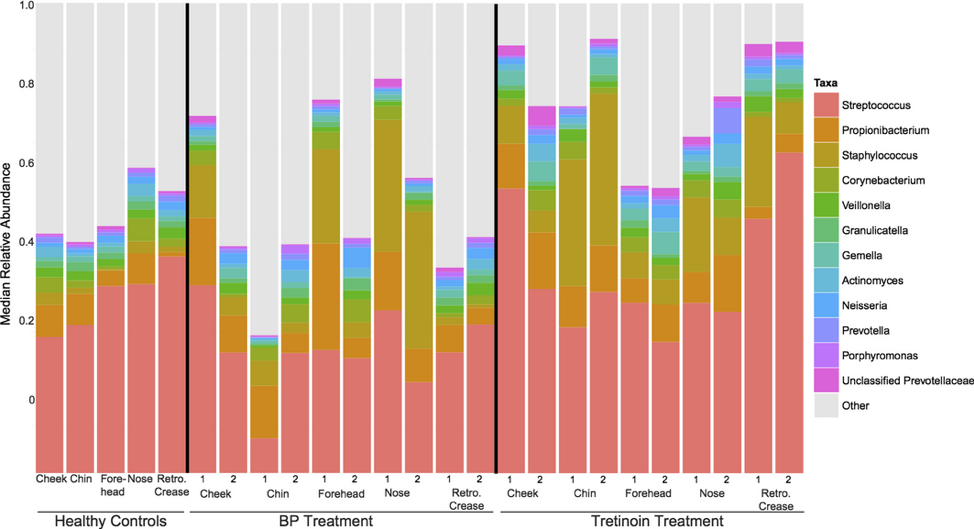S. Fallon-Friedlander, MD
I. Frieden, MD
L. Eichenfield, MD
J. Treat, MD
Our faculty presented some fantastic insights into pediatric dermatology including:
Neonatal Herpes Simplex Virus – The Dark Side of the Force?
Neonatal herpes simplex virus (HSV) infection is rare occurring in 1/2000 – 1/5000 live births. HSV encephalitis and disseminated HSV are most concerning and difficult to detect clinically. Because of this, and the significant associated morbidity and mortality, we must have high index of suspicion these infections. HSV is the “Darth Vader” of pediatric dermatology. If there is any suspicion that a child is infected HSV, scrape, culture, and cover.
Eczema Coxsackium or Herpes Zoster?
Eczema “coxsackium” is a frequent reason for presentation of children in the dermatologist’s office. Be careful that it may mimic herpes zoster. Diagnosis may be made by polymerase chain-reaction (PCR) of blister fluid, or pharyngeal, or rectal swabs. Patients also have a high rate of onychomadesis (nail shedding).
Urticaria Multiforme (UM)
Patients with UM can be usually be effectively managed with antihistamines and do not require hospitalization or other therapy. UM occurs most often in infants and toddlers and it is characterized by annular urticarial and polycyclic morphology and a duration of individual lesions <24 hours. There are no mucosal blisters or erosions, but angioedema may be present.
Allergic Contact Derm. Is it Nickel?
Nickel is the most common cause of allergic contact dermatitis that we test for in our patients. Patients may be exposure to nickel via earrings, belts, snaps on pants, jewelry and even their laptop computers or iPads. Nickel reactions may also occur in patients with orthopedic devices. The American Academy of Dermatology (AAD) has noted that allergic contact dermatitis is on the rise and have emphasized that nickel should be avoided in the parts of piercings that are in contact with open skin. The rate of nickel release from a given alloy is the most important risk factor for nickel-associated allergic contact dermatitis.
The benefit of patch testing in patients undergoing arthroplasty is not clear. We are not sure what metals to test for or whether a positive patch test is a significant predictor of failure of the implanted device.
Atopic Derm. New Therapies, Communication Tips…And Peanuts?
We need to change our messaging to parents about treatment of their children with atopic dermatitis. Children need to be treated and many new therapies are becoming available. New agents are focused on blocking inflammation associated with activation of the TH2 pathway (e.g., interleukin [IL]-4, IL-5, and IL-13). It is now clear that atopic dermatitis is a disease of TH2-driven inflammation and impaired barrier function.
Peanuts? Recent studies suggest exposure of at-risk infants (positive for atopic dermatitis) to infants to peanuts decreases the probability of developing peanut allergy. These results may lead to a recommendation for peanut exposure to infants at elevated risk for development of this allergy.
Dupilumab, in particular, is viewed as a milestone in the treatment of atopic dermatitis, and it is being evaluated in children in studies being carried out in Europe. Other emerging therapies for pediatric atopic dermatitis include apremilast, crisaborole, OPA-15406 (phosphodiesterase type 4 inhibitor), dupilumab, and lebrikizumab.
Lesions and Port Wine Stains?
Some benign vascular lesions that will fade with time can look “scary” and should be managed conservatively. The International Society for the Study of Vascular Anomalies (ISSVA) classification will help you determine causes and even genetic mutations associated with uncommon/difficult-to-diagnose lesions. http://www.issva.org/
The most important intervention of a child with Sturge-Weber syndrome is an ophthalmology examination. Recent data suggest that port wine stains without forehead involvement are not associated with glaucoma or evidence of central nervous system involvement. Early studies suggested that earlier laser treatment of port wine stains results in greater improvement, but more recent information has suggested that anesthesia in young children may result in impaired neural development. Results addressing this issue are conflicting, but there is still reason for concern.
Beware of “acquired” port wine stains. These are very rare and may actually be morphea.







